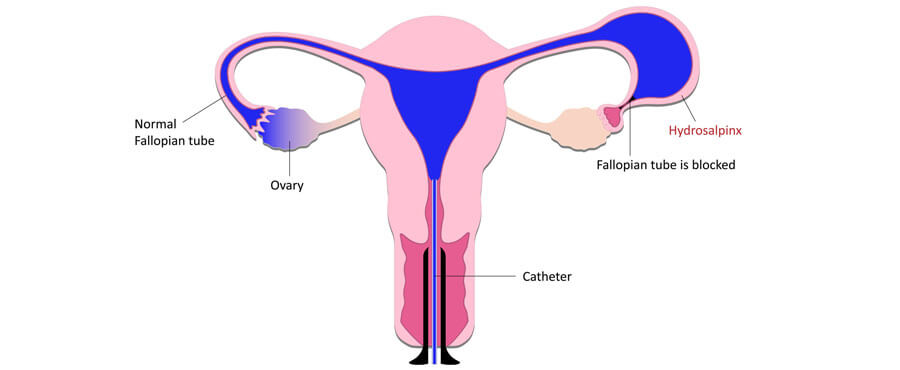- Our Services
- Normal & High-Risk Pregnancy Care
- Fertility Management
- PCOD/PCOS, Endometriosis
- HSG Test
- PAP Smear
- Peri-Menopausal Management
- Family Planning
- Cervical Cancer Vaccine
- All Gynaecologic Surgeries(Laparoscopic/Open)
- Pre-Marriage Couple Counselling
- Pre-Pregnancy Counselling & Vaccination
- All Menstrual Problems Management
- Medical and Surgical Abortion
- NST

HSG Test (Hysterosalpingography)
The HSG Test (Hysterosalpingography) is a special X-ray procedure used to examine the uterus and fallopian tubes. It plays a crucial role in fertility evaluation, helping to detect blockages, structural abnormalities, or other factors that may interfere with conception. Dr. Shrutika Gavhale offers safe, accurate, and patient-friendly HSG testing as part of fertility investigations, ensuring clear diagnosis and guiding appropriate treatment for couples planning pregnancy.
Why is the HSG Test Done?
A key diagnostic tool in infertility evaluation.
- 🌸 To check if fallopian tubes are open or blocked
- 🌸 To detect abnormalities in the uterus (polyps, fibroids, adhesions)
- 🌸 To evaluate shape, size, and structure of the uterus
- 🌸 To investigate causes of recurrent pregnancy loss
- 🌸 To assess uterine health before fertility treatments (IUI, IVF)
An HSG test is usually done between Day 6–10 of the menstrual cycle, after bleeding has stopped but before ovulation.
How is the HSG Test Performed?
Simple outpatient procedure with quick recovery.
The test involves introducing a contrast dye into the uterus through the cervix and taking X-ray images. This dye outlines the uterus and fallopian tubes, helping detect any blockages or abnormalities.
- 🌺 Performed in an X-ray/radiology department
- 🌺 No general anesthesia required (local measures may be given for comfort)
- 🌺 Procedure takes about 15–30 minutes
- 🌺 Mild cramping or discomfort may occur temporarily
- 🌺 Results available immediately after the procedure
Normal activities can usually be resumed the same day.
Benefits of HSG Test
- ✅ Quick and accurate evaluation of uterine & tubal health
- ✅ Helps in planning fertility treatments
- ✅ May temporarily improve fertility by flushing the fallopian tubes
- ✅ Non-surgical, minimally invasive diagnostic tool
Dr. Shrutika Gavhale ensures patient comfort, clear explanation, and guidance on next steps after the test.